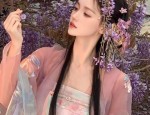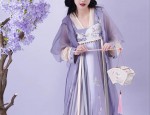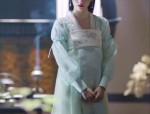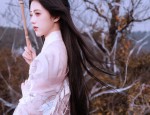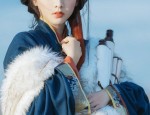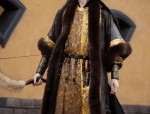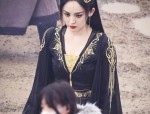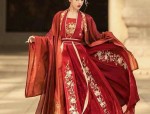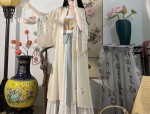The Splendor of Ming Dynasty Hanfu:Womens Traditional Clothing
In the annals of Chinese history, the Ming Dynasty (1368-1644 AD) stands out as a pivotal era in the cultural and artistic evolution of the nation. One of the most fascinating aspects of this dynasty is the exquisite and vibrant attire worn by its citizens, particularly by women. The Hanfu, a traditional Chinese clothing, during the Ming Dynasty, exhibited a blend of elegance and sophistication that continues to captivate the hearts of history enthusiasts and fashion aficionados worldwide.
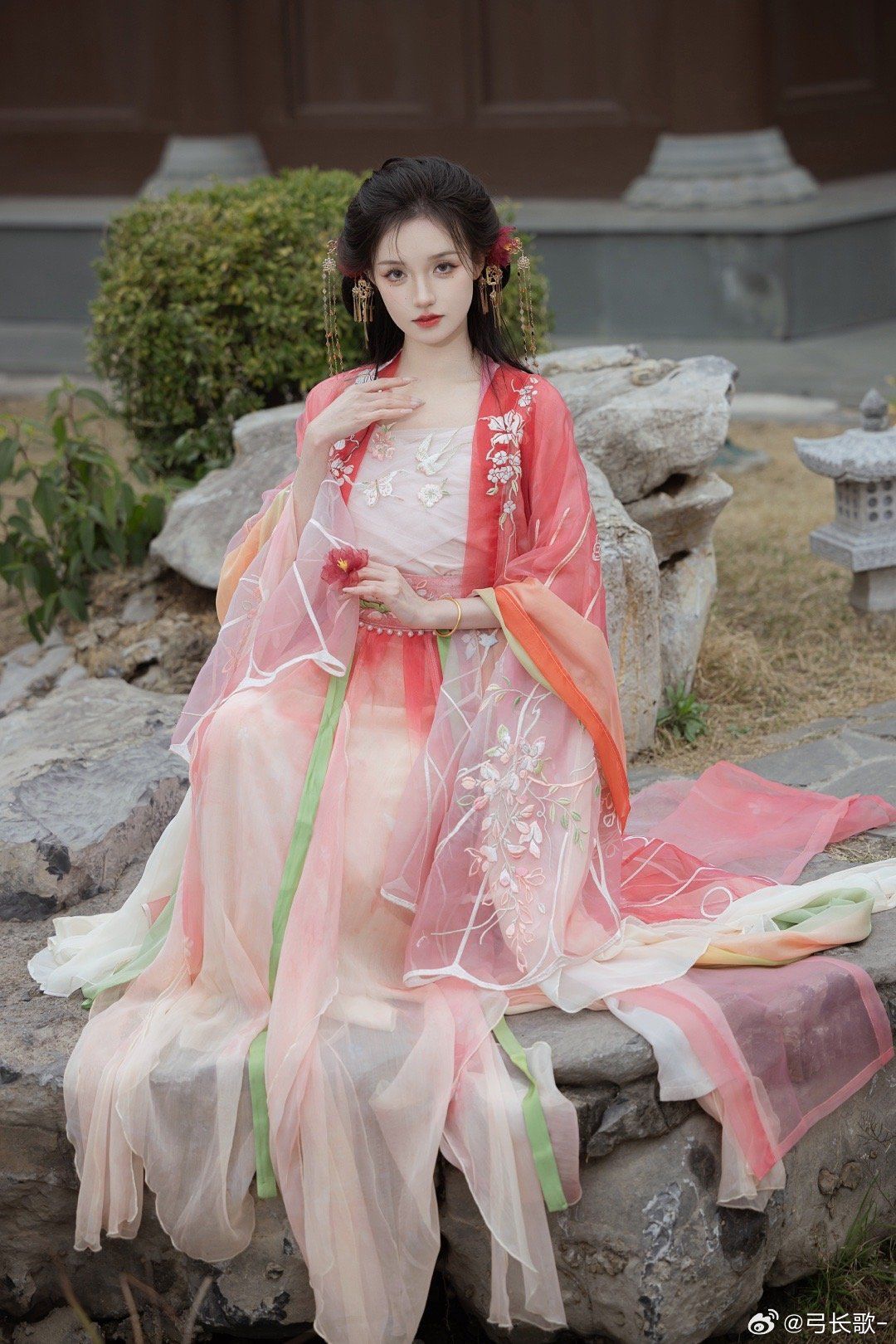
The Ming Dynasty saw a significant evolution in the design and patterns of Hanfu women's clothing. It was not merely about covering the body; it was an embodiment of cultural values, social status, and artistic expression. Colors were vibrant and often symbolized different aspects of life, from prosperity to virtue. The intricate patterns and designs were often inspired by nature—flowers, birds, clouds, and other natural elements—bringing a sense of harmony and balance to the attire.
The use of materials was also highly sophisticated. Silk, being the premier choice for such clothing, was combined with other luxurious fabrics like brocade and绸缎 (a type of woven silk) to create stunning textures and patterns. These fabrics were often dyed using natural pigments, ensuring durability and richness in color. The intricate embroidery work further added to the beauty and detail of the Hanfu.
The typical Hanfu worn by Ming Dynasty women consisted of several layers, each layer revealing a different aspect of the wearer's personality and status. The outer layer, often a long robe or jacket, was followed by a series of under-layers, each with its own distinct pattern and design. The clothing was accessorized with jewelry, often made from precious stones or metals, which further enhanced the wearer's elegance and status within society.
The design of Hanfu also reflected the social hierarchy of the Ming Dynasty. Women belonging to higher ranks often wore more elaborate and intricate designs, while those in lower ranks wore simpler versions to reflect their status. However, even within these restrictions, there was enough room for individual expression and creativity.
The influence of Hanfu on modern fashion cannot be understated. The traditional elements of color combinations, patterns, textures, and materials are often seen in modern fashion designs that pay homage to traditional Chinese culture. The beauty and uniqueness of Hanfu have also gained recognition worldwide, making it a popular choice for cultural events and festivals beyond China.
In conclusion, the Hanfu worn by women during the Ming Dynasty was not just a piece of clothing; it was an embodiment of cultural heritage, social norms, and artistic expression. The intricate designs, vibrant colors, and use of high-quality materials made it a testament to the craftsmanship and creativity of the people during this era. The influence of Hanfu continues to be seen in modern fashion, highlighting its relevance even today.
The study of Ming Dynasty Hanfu offers a fascinating insight into the cultural and historical evolution of China. It provides a glimpse into the lives of women during this era, their social status, and their role in society. The beauty and uniqueness of Hanfu continue to captivate hearts across the globe, inviting further exploration and appreciation of China's rich cultural heritage.

 Previous Post
Previous Post

